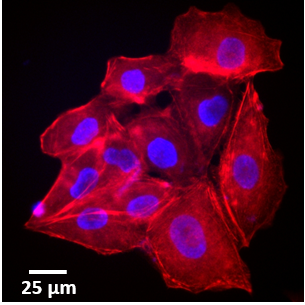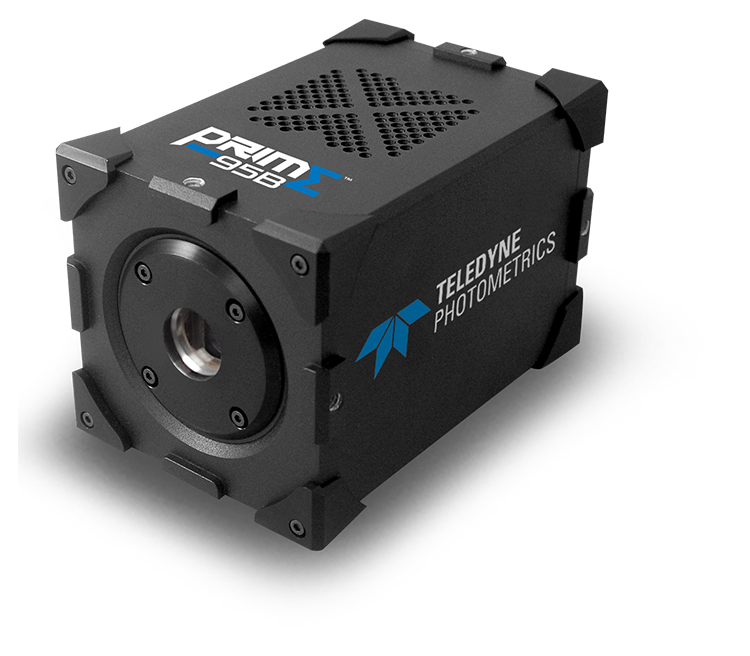Professor Rod O’Connor
Assistant Professor David Moreau
Ecole des Mines de Saint-Etienne, France
Background
Professor Rod O’Connor and Dr. David Moreau work together to develop flexible, conductive polymer electrode devices to record electrical activity and optical measures of physiology from neurons to study the bioelectrical basis of diseases like epilepsy, Alzheimer’s disease and cancer. The electrical devices they create are ideal for imaging as they are nearly transparent and they can be used to both record the electrical behavior of cells and to stimulate.
At the moment, they are most interested in exploring new fluorescent probes that permit the simultaneous imaging of calcium signals and plasma membrane potential.


Challenge
One of the challenges the group face in their microscopy set up is that they need to use epifluorescence to image cell physiology and transmitted light to observe the semi-transparent plastic electrode devices. Switching between these two modes is not easy to manage within the conditions of their application.
To perform their experiments, they need to rapidly change between these two modes. Therefore, a high-speed camera with high sensitivity is crucial for their imaging needs.
The high speed and the high sensitivity of the Prime 95B were necessary to improve our imaging methods
Solution
The group is now using the Teledyne Photometrics Prime 95B sCMOS camera for several projects using widefield fluorescence microscopy. With the Prime 95B, the group can take advantage of the almost perfect 95% quantum efficiency and high framerates to image with the high sensitivity with speed they need for their application.
Professor O’Connor told us, “The high speed and the high sensitivity of the Prime 95B were necessary to
improve our imaging methods”.

